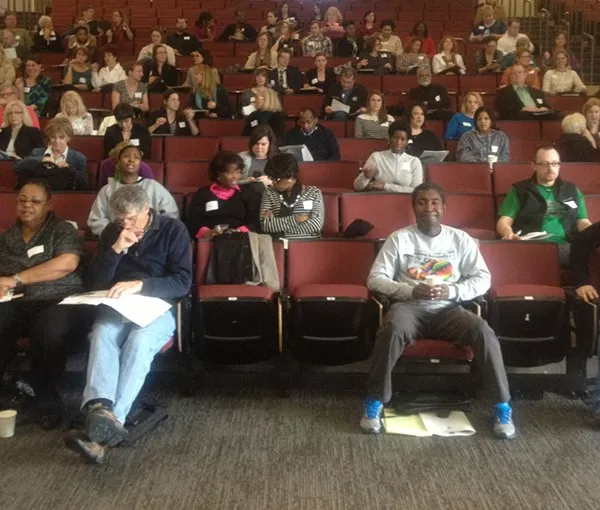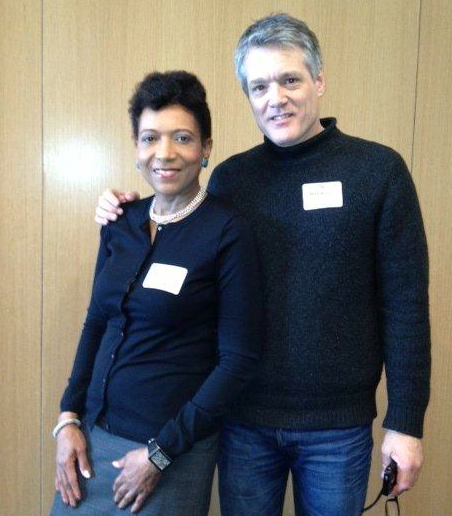Monday, January 14, 2013
News / Music / Arts Aspiring arts journalists get sage advice at CAJA conference
Posted By Mark Kemp on Mon, Jan 14, 2013 at 10:36 AM
Want to write about the arts? What does that mean?
Does it mean you want to check out a performance by the Charlotte Symphony or a play by Actor's Theatre of Charlotte and write an irreverent, Hunter S. Thompson-like gonzo critique for Creative Loafing? Or is it that you'd like to pen a profile of a cellist for the arts section of the Charlotte Observer? Maybe you don't want to write anything - maybe you want to create a piece of non-traditional multimedia journalism based on an art exhibit you saw at the Mint Museum. How do you go about doing that?
Those are questions the Charlotte Arts Journalism Alliance, or CAJA, aimed to address during an all-day conference, "Covering The Arts," on Saturday at the UNC Charlotte Center City Building downtown. About 125 aspiring journalists showed up for panel discussions and lectures on everything from pitching editors to writing criticism and features, spotting trends in the arts, creating video, working on multiple media platforms and avoiding ethical conflicts."This conference exceeded our expectations," said Charlotte Observer editor Rick Thames, who helped spearhead CAJA. "Who would have imagined that more than 100 people in Charlotte would give up a Saturday to learn how they might become freelance journalists covering the arts? Everyone I talked to was happy just to be among others who shared their passion."
CAJA is an alliance of local media outlets that came together last year for one purpose: Improving coverage of the arts in Charlotte. This weekend's conference, which ran from 10 a.m. to about 7 p.m., featured a who's who of Charlotte media and arts personalities: Creative Loafing and Washington Post contributor Mary Curtis, Charlotte Observer arts critic Lawrence Toppman, Jeff Jackson, arts editor at Charlotte Viewpoint, WFAE news director Greg Collard, among others. Also on panels were several area artists, including actor Anne Lambert, Charlotte Symphony guest conductor Jacomo Rafael Bairos and former Alvin Ailey dancer April Berry, now director of education and outreach for the North Carolina Dance Theatre.

- Mark Kemp
- Aspiring arts journalists attend "What Editors Expect" panel
Among the more popular sessions was Toppman's discussion of arts criticism, in which he clearly laid out why it is essential to local arts and music scenes for critics to be honest about the quality of an event or piece of art, whether that means writing a positive review or a negative one.
"You are not helping the arts when you tell people something is good when in fact it is not," Toppman said. "You are being an enabler."
Judging from the enthusiasm among attendees and the quality of their questions and comments (not to mention the good advice given by my fellow editors and journalists), it looks as though CAJA may be achieving its goal already. Great arts coverage in Charlotte is something people are interested in nurturing.
"I think there is growing interest, and it is coming from the people who choose to spend their time at the growing number of venues," said Thames. "That includes both high-profile institutions like the Bechtler, the Mint and the Gantt. But it also includes dance troupes, poetry slams and community theater."
For more on the Charlotte Arts Journalism Alliance, go to its Facebook page.














